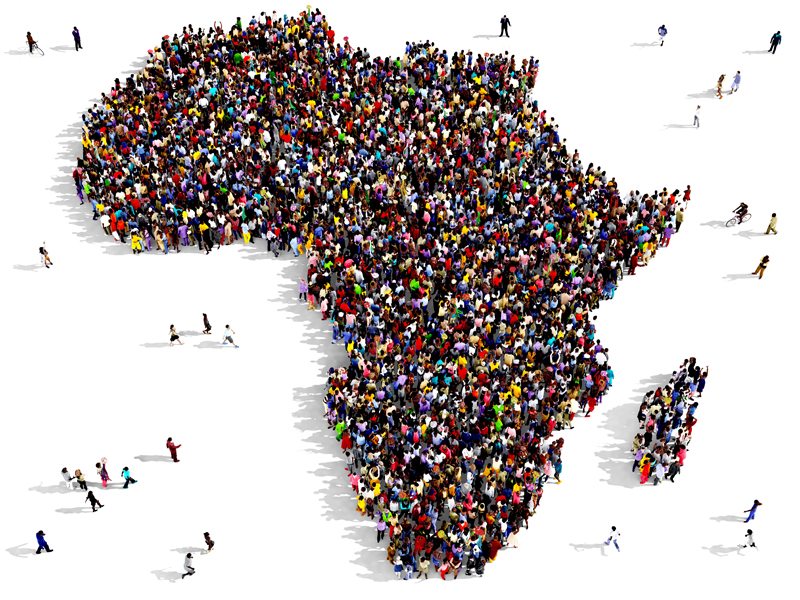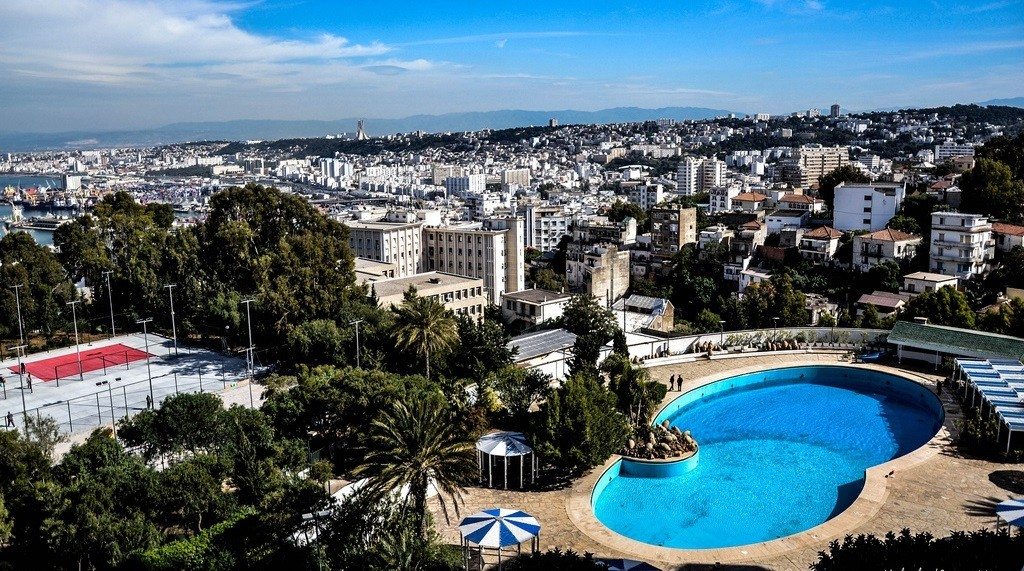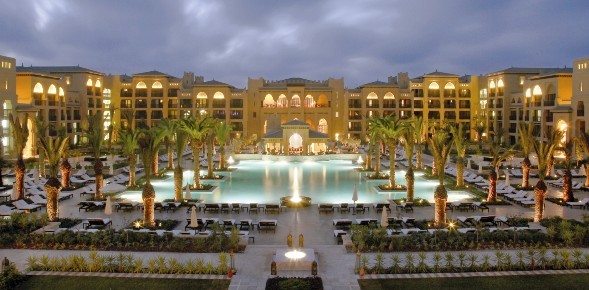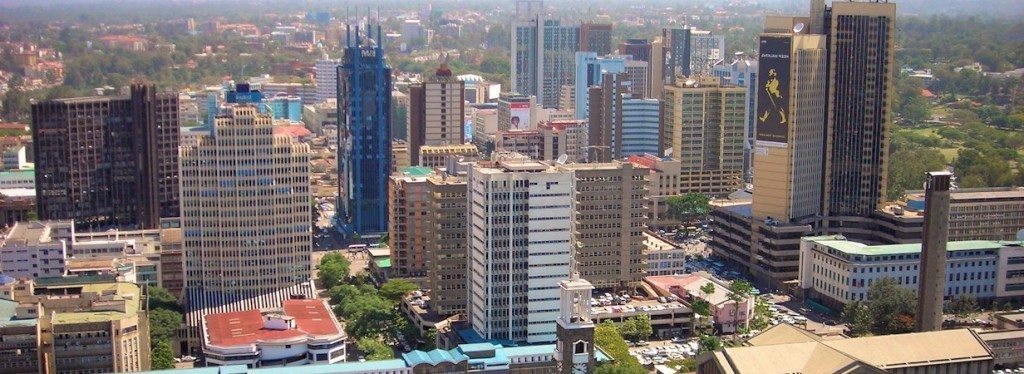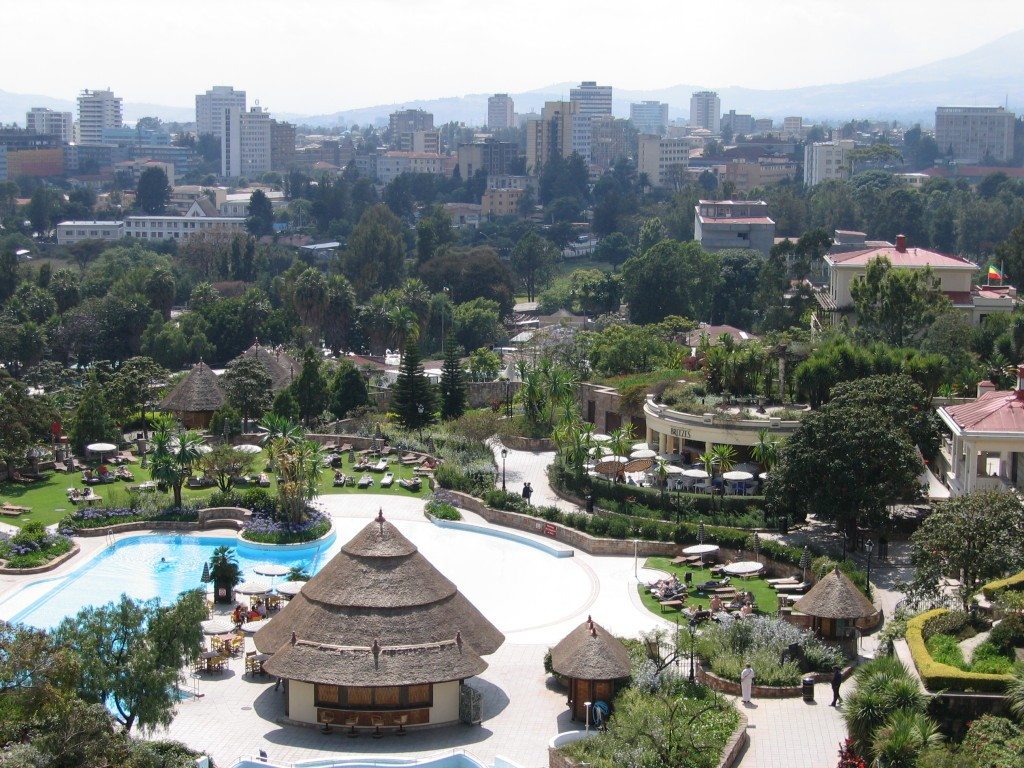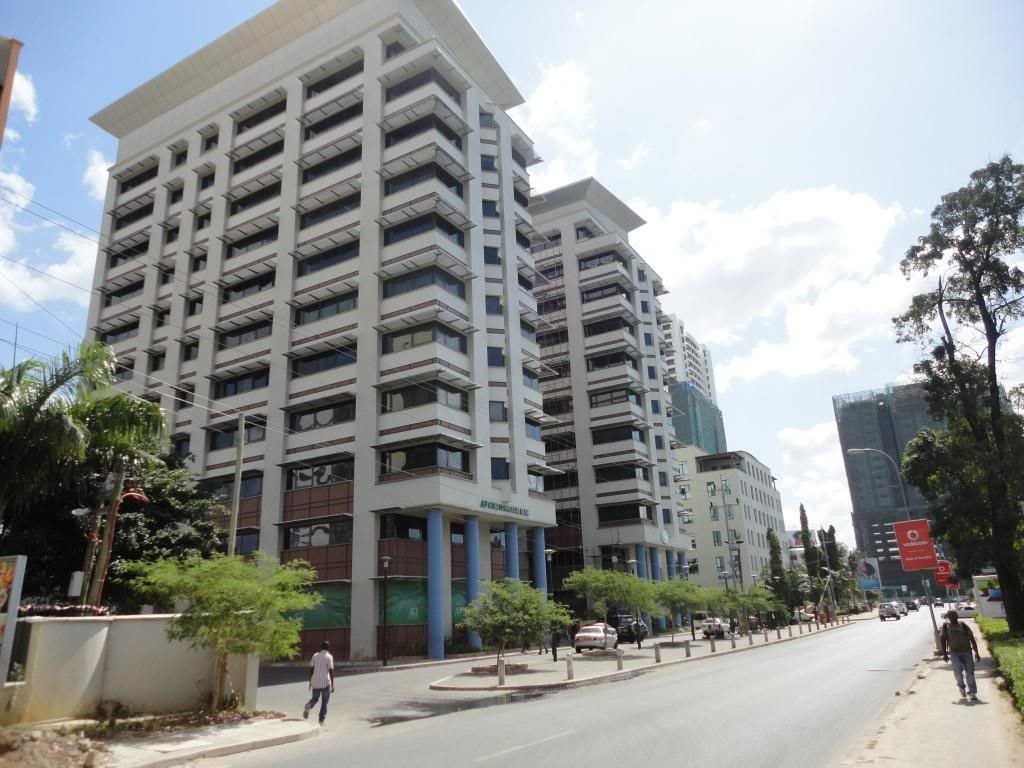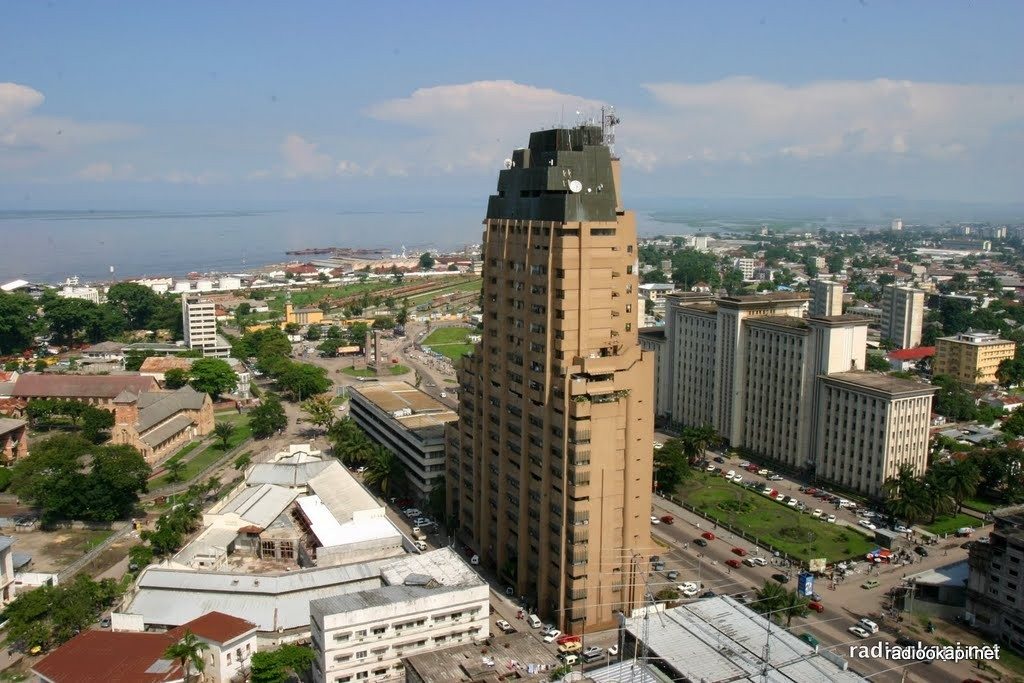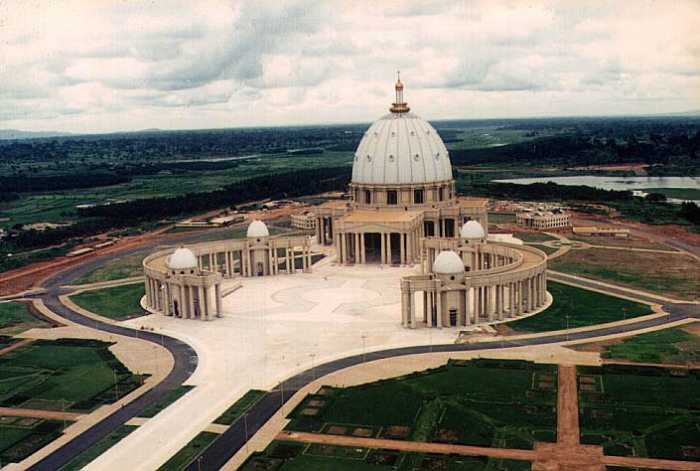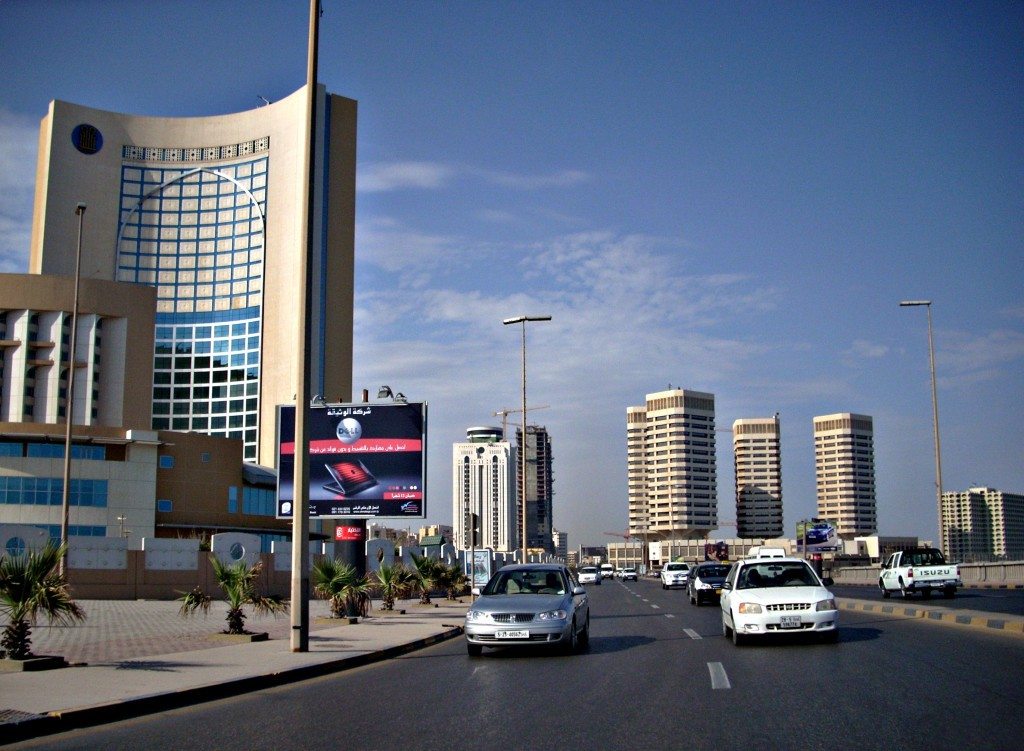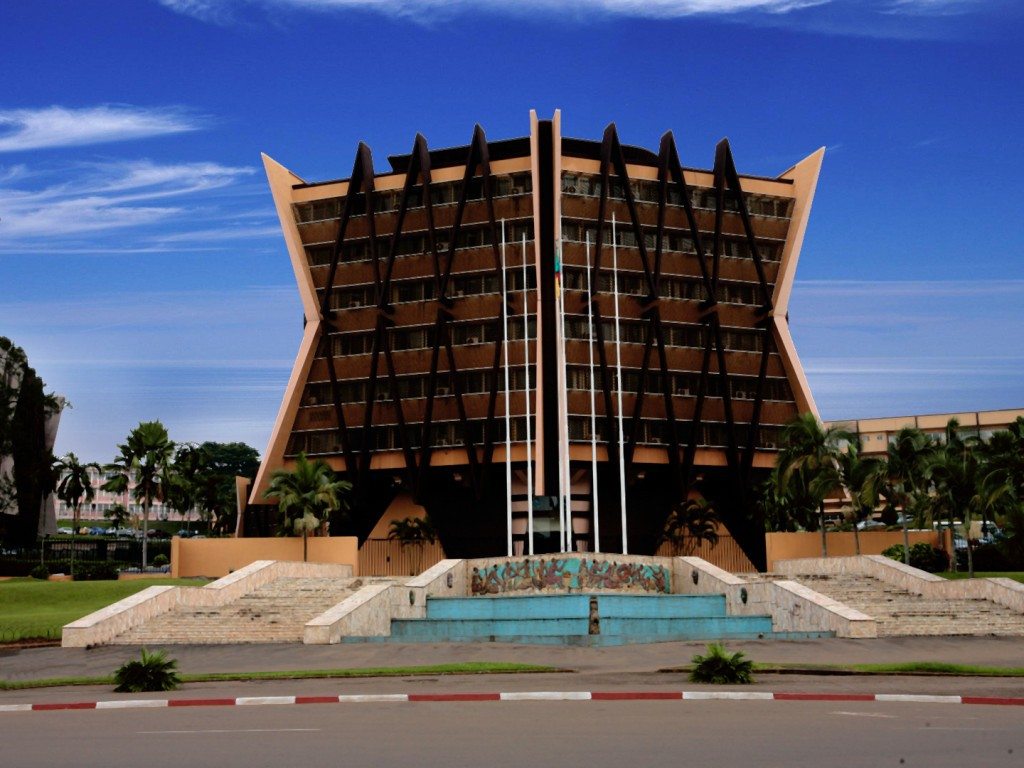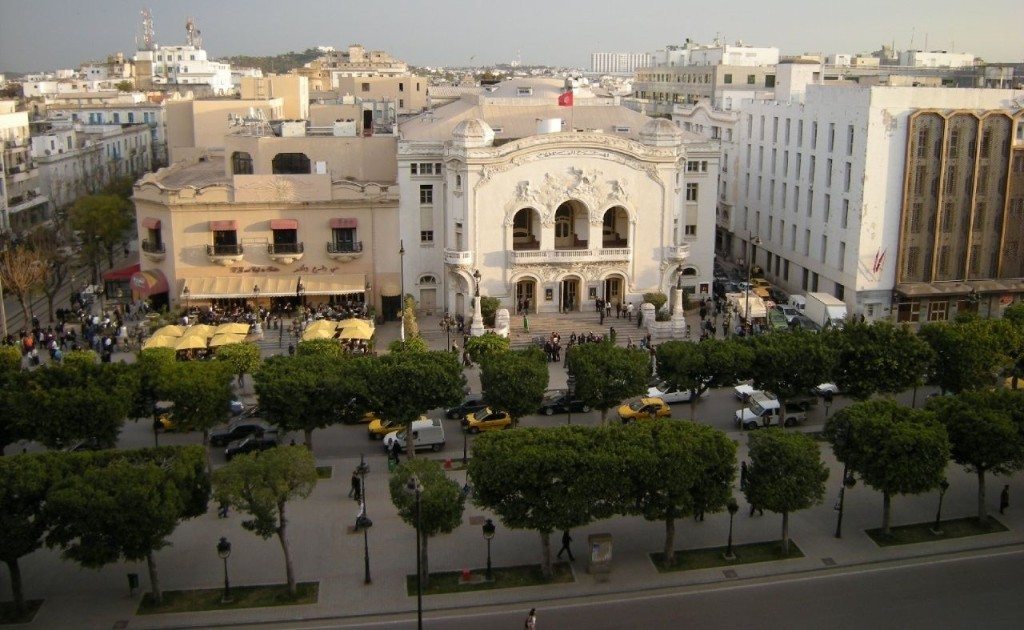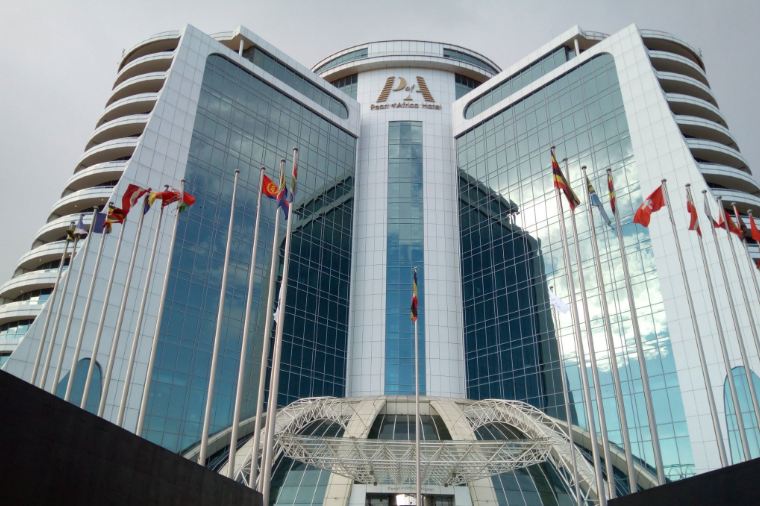Africa is one of the largest continents in the world in terms of landmass. It is also one of the most blessed with natural resources. The continent has the potential to lead the world in terms of economic and social development but it has sadly held on to its covenant with poverty and underdevelopment.
Africa has most of the poorest countries in the world and this would remain so for a very long time unless radical measures are taken to eradicate corruption whilst ensuring that competent leaders are elected into offices to champion sustainable developmental initiatives.
Africa Is a Rich Continent Full of Poor People
As stated earlier, the continent is blessed with rich natural resources. As a matter of fact, the continent houses about 30% of the world’s known mineral reserves including cobalt, uranium, diamonds, gold, as well as significant oil and gas reserves.
It is however sad that these natural resources haven’t saved the continent from being one of the poorest in the world, with more than half of its population living on less than $2 daily.
Many things account for Africa’s poverty and most of them have been traced to the problems created by colonization. Exploitation and corruption have also played a major role in the underdevelopment of the continent. While there has been some positive progress in recent years, Africa still has a long way to go. Thankfully, African nations have come together to set a goal to eradicate poverty by 2030. It is expected that by that time, the rate of poverty will fall to 24.7 percent.
How We Did the Ranking
It is based on the Gross Domestic Product: Purchasing Power Parity (GDP: PPP) which gives the value of all the final goods and services produced within a country in any given year.
A nation’s GDP at purchasing power parity (PPP) exchange rate is the sum value for all goods and services produced in the country in any given year, assessed based on prevailing prices of the same products in the United States.
This is the measure adopted by most economists when comparing living conditions or the use of resources across countries. The following African nations have proven to be the continent’s richest based on their GDP and partly, their foreign reserves.
1. Nigeria
- GDP: $504.57 billion (nominal 2020 est)
- Per capita $2,465 (nominal 2020 est)
- Population: 206,139,589
- Currency: Nigerian Naira (NGN, ₦)
- Global Ranking: 27th
- Foreign Exchange Reserve: $35.7 Billion
- Primary Export Products of Nigeria: Petroleum (crude, refined, and gas), Cocoa beans, Rough woods, Chemicals, Vehicles, and Aircraft Parts.
Nigeria comes first among the richest countries in Africa with the most recent GDP figure standing at $504.57 billion. The Nigerian market is seen as one of Africa’s largest markets, but this is more of a consumer market that buys more than it sells. Crude oil accounts for more than 85% of all foreign exchange and revenue generation is tied to fluctuations in the price of oil.
The country has a plethora of natural resources such as limestone, lead, iron, ore, zinc, coal, niobium, and natural gas. With vast fertile lands spread all over the region, agriculture is also another sector that contributes significantly to the income of the country, accounting for over 20 percent of its GDP through the sales of cocoa and rubber.
Nigeria’s GDP has seen a positive growth over the years, witnessing a 7 percent year-on-year growth between 2000 and 2014. Things seem a bit slower recently due to the crash in oil prices. The government has tried to diversify the economy but it appears it would take a long time before the West African country slows down on its reliance on oil.
2. South Africa
- GDP: $369.854 billion (nominal 2020 est)
- Per capita $6,193 (nominal 2020 est)
- Population: 59,308,690
- Currency: South African Rand (R)
- Global Ranking: 35th
- Foreign Exchange Reserve: $55.75 billion
- Primary Export Products of South Africa: Gold, Diamonds, Platinum, Coal, Iron Ore, Machinery and Equipment, Motor Cars, Agricultural Foodstuff, Wine.
South Africa is the second richest country in Africa and one of the fastest developing nations in the world. It is endowed with lots of natural resources including gold, diamond, platinum to name a few. The nation is classified as a middle emerging market and unlike most other countries in Africa that depend on a single source for revenue, South Africa is diversified.
The country’s stock exchange is rated the 18th largest in the world. In 2019, its GDP grew by just 0.2 percent and pushed her into recession.
3. Egypt
- GDP: $302.256 Billion (nominal 2019 est.)
- Per capita Increase $3,047 (nominal 2019 est.)
- Population: 102,334,404
- Currency: Egyptian Pound (EGP, E£)
- Global Ranking: 40th
- Foreign Exchange Reserve: $38.4 Billion
- Primary Export Products of Egypt: Crude Oil and Petroleum Products, Cotton, Textiles and Agricultural Goods, Metal Products, Chemicals.
Egypt has enjoyed quite a stable economy and continuous growth since the past quarter-century, averaging 4–5%. However, the lack of transparency and freedom has not allowed growth to get to the expected levels. There is still no doubt that Egypt is among the richest countries in Africa with a well-developed energy sector that is based on coal, oil, natural gas, and hydropower.
Even though the country is blessed with natural resources, it still faces socio-economic issues. This is basically because a big percentage of the population is not employed.
4. Algeria
- GDP: $183.681 billion (nominal 2019 est.)
- Per capita $4,229
- Population: 43,851,044
- Currency: Algerian Dinar (DZD, دج)
- Global Ranking: 53rd
- Foreign Exchange Reserve: $55 Billion
- Primary Export Products of Algeria: Petroleum, Natural Gas and Petroleum Products, Ammonia.
Located in the Maghrebian axis of Northern Africa, Algeria is the 4th largest economy among the wealthiest African countries with its recent GDP figure standing at $172.781 billion.
In Algeria, the government exerts a lot of control over most infrastructures. Crude oil contributes the most revenue and with such reliance on oil, the country has suffered a slow economic growth given the present struggle in the hydrocarbon industry. In May of 2020, a report by the country projects its foreign exchange reserves to fall to $44.2 billion by the end of 2020, below a previous forecast of $51.6 billion, due to a sharp drop in global crude oil prices.
5. Morocco
- GDP: $119,04 billion
- Population: 36,910,560
- Currency: Moroccan Dirham (MAD)
- Global Ranking: 58th
- Foreign Exchange Reserve: $29.2Billion
- Primary Export Products of Morocco: Clothing And Textiles, Automobiles, Aircraft Parts, Electric Components, Inorganic Chemicals, Crude Minerals, Fertilizers, Petroleum Products, Citrus Fruits, Vegetables, Fish.
Morocco’s GDP (PPP) stands at $168.9 billion, making it the 5th among the richest countries in Africa. Morocco is largely dependent on agriculture and its proximity to Europe is part of what has influenced its market and economy.
Apart from phosphorus which the country is the world’s third-largest producer, there are also revenues coming from tourism and the textile industry. Morocco is the second richest non-oil-producing country in Africa and one of the most diversified economies in the continent.
6. Kenya
- GDP: $99,246 billion
- Population: 53,771,296
- Currency: Kenyan Shilling (KES, KSh)
- Global Ranking: 61st
- Foreign Exchange Reserve: $12.2 Billion
- Primary Export Products of Kenya: Tea, Coffee, Horticultural Products, Petroleum Products, Fish, Cement, Apparel.
Its capital, Nairobi, is a regional commercial hub. The economy of Kenya is the largest by GDP in Southeast and Central Africa. It is also one of the most diversified economies without much dependence on oil or petroleum products. Agriculture is a major employer; the country traditionally exports tea and coffee and has begun to export fresh flowers to Europe.
The financial service and tech industries are also a major economic driver. In addition to this, tourism plays a significant role in the country’s economy. Compared to other African countries, Kenya enjoys a good measure of political and social stability.
7. Angola
- GDP: $91,527 billion
- Population: 32,866,272
- Currency: Angolan Kwanza (AOA, Kz)
- Global Ranking: 62nd
- Foreign Exchange Reserve: $9.51 billion
- Primary Export Products of Angola: Crude Oil, Refined Petroleum Products, Diamond, Coffee, Sisal, Fish and Fish Products, Timber, Cotton.
Angola is seventh among the richest countries in Africa with a GDP of $91,527 billion. The country enjoys an extensive reserve of oil and gas resources, hydroelectric power, diamonds, and rich agricultural land but remains a fairly weak economy.
Part of the reason is not far from the poor management of resources and extreme corruption. According to Transparency International, Angola is among the 10 most corrupt countries in Africa. Being one of the largest producers of crude oil in the continent, oil production contributes a very large percentage of its foreign exchange.
8. Ethiopia
- GDP: $91,166 billion
- Population: 114,963,588
- Currency: Ethiopian Birr (ETB, ብር)
- Global Ranking: 63rd
- Foreign Exchange Reserve: $3.147 Billion ( 2017)
- Primary Export Products of Ethiopia: Coffee, Qat, Oil Seeds, Gold, Leather Products, Live Animals.
Ethiopia is among the non-oil producing African countries with the fastest-growing economies. She has managed to sustain a high single-digit annual growth rate since 2004 and is estimated to have expanded by 11.3 percent in the 2012/13 budget year.
Agriculture contributes to almost half of Ethiopia’s GDP and offers about 85% of all employment in the country. The government has invested in ways to privatize and restructure her policies which are beginning to attract foreign investments in the country.
9. Ghana
- GDP: $67,077 billion
- Population: 31,072,940
- Currency: Cedi (GHS, GH₵)
- Global Ranking: 71st
- Foreign Exchange Reserve: $9.1 billion
- Primary Export Products of Ghana: Gold, Bauxite, Aluminum, Manganese Ore, Diamonds, Oil, Cocoa, Timber, Tuna, Horticultural Products.
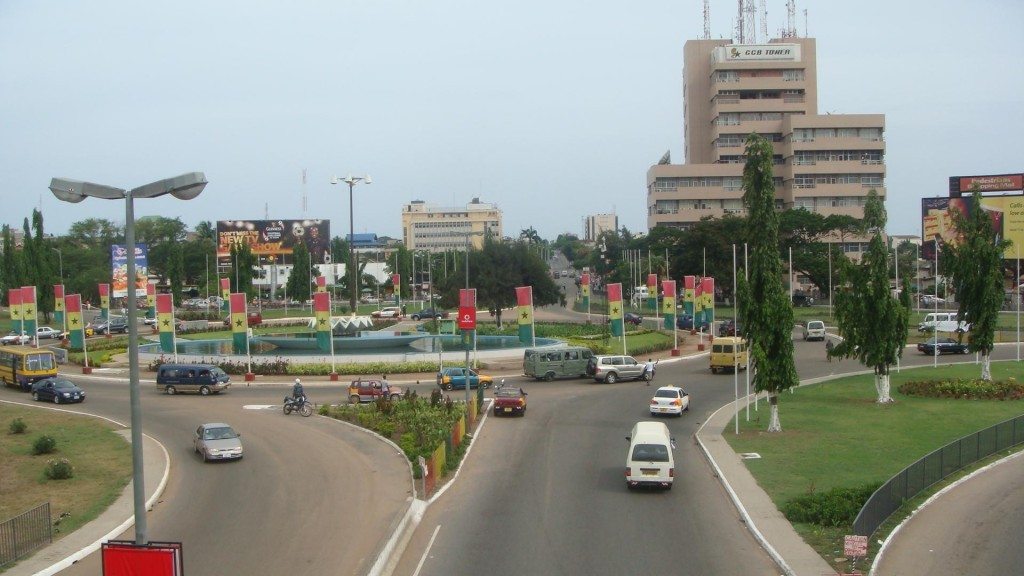
Ghana’s growing economy is largely achieved through years of sound management, a positively competitive business environment, and sustained reductions in poverty levels.
Ghana’s economy is built on a diverse and rich resource base, not only relying on natural resources which it has in abundance but on other sectors like services, which account for 50% of its GDP.
10. Tanzania
- GDP: $62,224 billion
- Population: 59,734,218
- Currency: Tanzanian Shilling (TZS, TSh)
- Global Ranking: 74th
- Foreign Exchange Rate: $4.174 billion
- Primary Export Products of Tanzania: Gold, Cashew Nuts, Coffee, and Cotton.
The United Republic of Tanzania is the second-largest economy in the East African Community and currently the tenth-largest in Africa. The country is largely dependent on agriculture for employment, it accounts for about half of the employed workforce.
Even though Tanzania is a rich country, an estimated 34 percent of Tanzanians currently live in poverty. The economy has been transitioning from a command economy to a market economy since 1985. Although the GDP has increased since these reforms began, GDP per capita dropped sharply at first, and only exceeded the pre-transition figure around 2007.
11. The Democratic Republic of Congo
- GDP: $48.458 billion
- Population: 89,561,403
- Currency: Congolese Franc (CDF)
- Global Ranking: 85th
- Foreign Exchange Rate: $4.3 billion
- Primary Export Products of the Democratic Republic of Congo: Petroleum, Natural Gas and Petroleum Products, Gold, Diamonds, Copper, Cobalt, Coltan, Zinc, Tin, Tungsten, Wood Products, Coffee.
The economy of Congo is a mixture of subsistence hunting and agriculture, an industrial sector based largely on petroleum extraction and support services, and government spending characterized by budget problems and overstaffing.
Petroleum has supplanted forestry as the mainstay of the economy, providing a major share of the revenues and exports. Nowadays, the country is increasingly converting natural gas to electricity, greatly improving energy prospects.
12. Ivory Coast
- GDP: $45.252 billion
- Population: 26,378,274
- Currency: West African CFA Franc (CFA)
- Global Ranking: 78th
- Foreign Exchange Reserve: $5.7 million
- Primary Export Products of Ivory Coast: Ivory Tusk, Cocoa, Coffee, Timber, Petroleum, Cotton, Bananas, Pineapples, Palm Oil, and Fish.
As a result of significant infrastructural projects, Ivory Coast saw an 8.8 percent growth rate in 2013. Based on forecasts, the growth rate of the country is likely to stand at 9% as its economic future is considered bright and auspicious. Currently, the GDP of the country stands at $45.2 billion.
13. Libya
- GDP: $44.964 billion
- Population: 6,871,292
- Currency: Libyan Dinar (LD, ل.د)
- Global Ranking: 90th
- Foreign Exchange Reserve: $74.5 billion
- Primary Export Products of Libya: Petroleum, Natural Gas, and Refined Petroleum Products, Chemicals.
Libya is largely dependent on its oil reserve and petroleum products for most of its revenue and just about 20% of all of Libya’s GDP comes from the service and construction sectors.
The political crisis the country has faced since 2011 has been the major factor holding Libya back from making a strong economic expansion.
14. Cameroon
- GDP: $39.219 billion
- Population: 26,545,863
- Currency: Central African CFA Franc (FCFA)
- Global Ranking: 97th
- Foreign Exchange Rate: $3.4 billion
- Primary Export Products of Cameroon: Cocoa, Cotton, Coffee, Bananas, Rubber, and Palm Oil.
The economy of Cameroon has come a long way from what it used to be. Even though the people are still largely farmers, the country’s natural resources are being put to very good use in improving the lives of the citizens. The southern rainforest has vast timber reserves, estimated to cover 37% of Cameroon’s total land area.
15. Tunisia
- GDP: $44.192 billion (nominal 2020 est)
- Per capita $3,713 (nominal 2020 est)
- Population: 11,818,619
- Currency: Tunisian Dinar (TND)
- Global Ranking: 92nd
- Foreign Exchange Reserve: $8.2 billion
- Primary Export Products of Tunisia: Clothing, Agricultural Products, Phosphates, Chemicals, Hydrocarbons, and Electrical Equipment.
The Tunisian economy is diverse and market-oriented with a significant foundation in mining, manufacturing, and tourism. The country’s nominal GDP stands at $44.192 billion coming from its different resources including petroleum, phosphates, iron ore, lead, zinc, barite, and salt.
Agriculture also contributes 8.9% thanks to its arable land while industry like tourism and services contributes both 29.6% and 61.5% respectively. The country has experienced positive economic growth, averaging 5% GDP growth since the early 1990s. However, Tunisia continues to suffer from corruption and it keeps slowing things down. Terrorist attacks have also affected the country’s growth particularly in tourism, which is undoubtedly one of the main sectors.
16. Uganda
- GDP: $30.765 billion (nominal 2019 est)
- Per capita $769(nominal 2019 est)
- Population: 45,741,007
- Currency: Ugandan Shilling (UGX)
- Global Ranking: 90th
- Foreign Exchange Reserve: $4.1 billion
- Primary Export Products of Uganda: Coffee, Fish and Fish Products, Tea, Cotton, Flowers, Horticultural Products, Gold.
Uganda has come a long way from its economic turmoil. It is on record that the 2009/10 fiscal year of Uganda suffered a poverty rate of 24.5% and reduced to 22.2% in the 2012/13 fiscal year. Then, GDP growth was estimated at 5.2 percent. Since that year, the country has been experiencing consistent economic growth. In the 2013/2014 fiscal year, its GDP experienced about 5.0 percent real growth. Likewise, in the 2015/2016 fiscal year, it recorded GDP growth of 4.6 percent in real terms and 11.6 percent in nominal terms.
This was mainly achieved through stringent fiscal discipline and proper management of the country’s resources by the government. In 2020, its GDP growth remains robust and is driven largely by growth in services, higher agricultural output through strong farming, tourism, services, and investment in oil production infrastructure.
The country is also rich in diamonds which has also helped in boosting its economic growth. Currently, Uganda’s GDP is valued at $33.569 billion. Despite the consistent significant growth in its economy, the country’s poverty levels are still high. This has led the government to focus heavily on eradicating poverty and expanding resource exploitation, industries, and tourism.
17. Sudan
- GDP: $33.903 billion
- Per capita $808
- Population: 43,849,260
- Currency: Sudanese Pound (SDG)
- Global Ranking: 98th
- Foreign Exchange Reserve: $177 Million
- Primary Export Products of Sudan: Gold, Oil and Petroleum Products, Cotton, Sesame, Livestock, Peanuts, Gum Arabic, Sugar.
More than once, we have mentioned oil and gas as the main source of income for countries on this list. Sudan also falls into that category. She depends on oil but with a third of its GDP contributed by agriculture. Cotton and peanuts constitute its major agricultural exports.
Despite its diverse economy which in the past made Sudan one of the fastest-growing economies, its GDP growth keeps slowing down. It started in 2014 when it witnessed a 3.7 percent decrease. It also fell by 3.1 percent the following year and in 2016, there were projections that Sudan’s economy will recover gradually.
However, its GDP fell from $123,053 billion in 2017 to $40.852 billion in 2018. The following year, its real GDP fell by an estimated 2.4%; this was due to a reduction in the services sector and investment in real estate and business services. The country’s GDP is projected to contract further by 1.6% in 2020 and 0.8% in 2021 due to the political situation, weak private sector investment, and tepid domestic demand.
18. Senegal
- GDP: $28.02 billion (nominal 2020 est.)
- Per capita $1,675 (nominal 2020 est.)
- Population: 16.74 million
- Currency: West African CFA Franc (CFA)
- Global Ranking: 107th
- Foreign Exchange Reserve: $544 million
- Primary Export Products of Senegal: Clothing (Kampala), Fish, Groundnuts (Peanuts), Petroleum Products, Phosphates, Cotton.
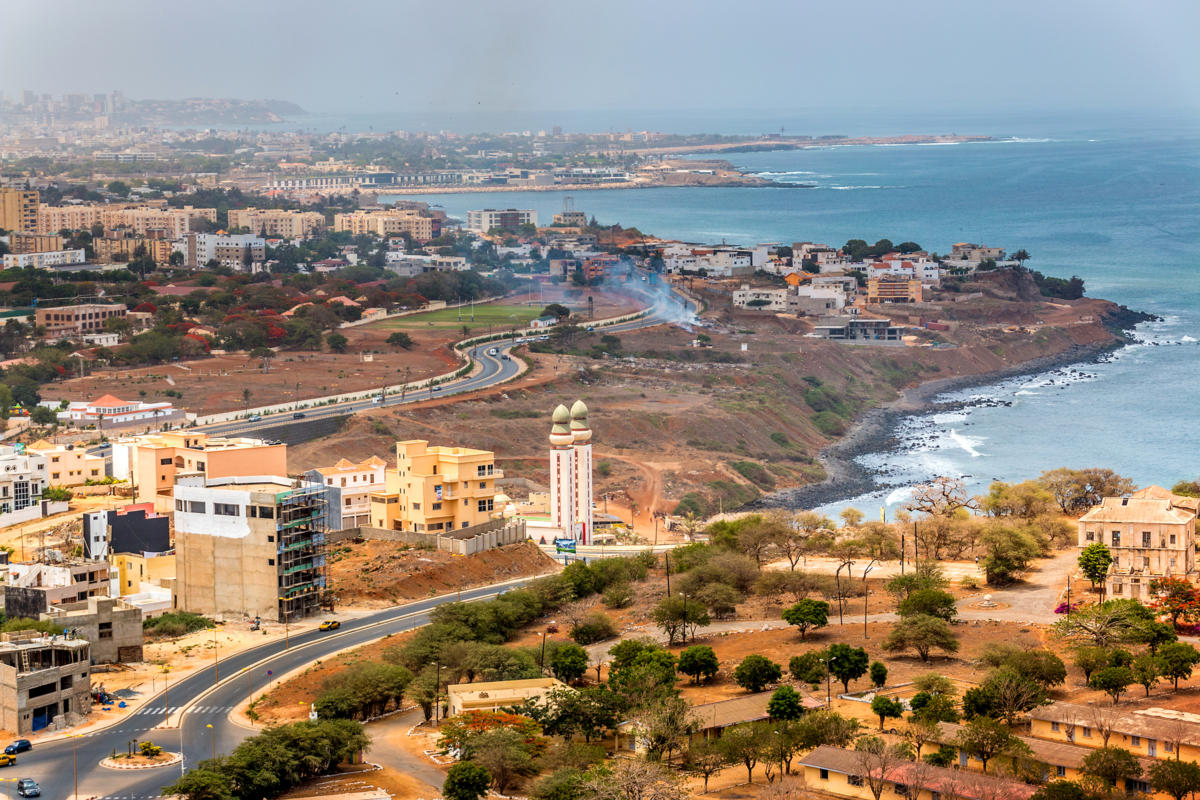
Senegal’s economic growth was among the highest in Africa between 2014 and 2018 with a 6% increase annually. The country’s GDP growth was 5.3% in 2019, down from 6.3% in 2017. Its services sector has remained one of the largest contributors to GDP growth, while on the demand side, investment (+12.5%) and exports (+7.2%) were the highest growth drivers.
The country also ranks as one of the countries with a dependent economy on agricultural produce. Its agricultural sector maintains a very big percentage of its economical rise in West Africa. From the cultivation of pyramids of groundnuts, harvesting of fish and phosphates transforms, the country complements the trading activities of the Soninke people and its harsh environment.
Since early 2020, the COVID-19 pandemic has affected Senegal’s economic outlook. Its economic growth has slowed significantly by an estimated 1.3%, with services (including tourism and transport) and exports affected the most. The nation is expected to recover although gradually.
19. Zambia
- GDP: $23.946 Billion (nominal 2019 est.)
- Per capita: $1,307 (nominal 2019 est.)
- Population:18,383,955
- Currency: Zambian Kwacha (ZMW)
- Global Ranking: 105th
- Foreign Exchange Reserve: $1.3 Billion
- Primary Export Products of Zambia: Copper and Cobalt, tobacco, flowers, food, live animals, and cotton.
For more than a decade, Zambia enjoyed significant socio-economic growth. However, in recent years, its economic performance has stalled with its annual real GDP going down from an average of 6.8 percent growth annually between 2000 and 2014 to 3.1 percent, between 2015 and 2019. This is due to the sharp decline of Zambia’s agricultural produce since 2013.
Apart from agriculture which is a key sector that generates good revenue for the government, copper accounts for 70% of Zambia’s revenue from exports. But failing copper prices driven by depressed commodity markets as well as a decline in hydro-electric power generation are hitting the country’s economy badly.
The lack of transparency and other political issues have also slowed down Zambia’s economic growth. In 2019, Zambia had an estimated GDP of $23.946 billion and the economy is expected to contract further in 2020 by about 4.5 percent.
20. Zimbabwe
- GDP: $22.290 billion (nominal 2019 est)
- Per capita: $1,424
- Population:14,862,924
- Currency: Zimbabwe Dollar (ZWD)
- Global Ranking: 129th
- Foreign Exchange Reserve: $87 million
- Primary Export Products of Zimbabwe: Platinum, Cotton, Tobacco, Gold, Ferroalloys, Textiles/Clothing.

Zimbabwe has the second-biggest informal economy and the people are regarded as one of the best miners in the Southern African region. It is also one of the fastest-growing economies in the region as its economy grew at an average of 12% from 2009 to 2013, recovering from negative growth.
Although Zimbabwe has been performing poorly economically in recent years due to low levels of production and the attendant trade gap, little foreign direct investment, and inadequate access to international finance, there is hope for the nation to recover. According to a World Bank report, the country’s real GDP growth is projected to pick up by 2.7% in 2020, driven by a rebound in agriculture as rains largely return to normal.
REFERENCE
https://en.wikipedia.org/wiki/List_of_African_countries_by_GDP_(nominal)
https://www.araioflight.com/richest-african-countries-wealthiest-economy/
https://www.swedishnomad.com/richest-countries-in-africa/
https://see.news/egypts-foreign-reserves-rise-for-first-time-since-february
